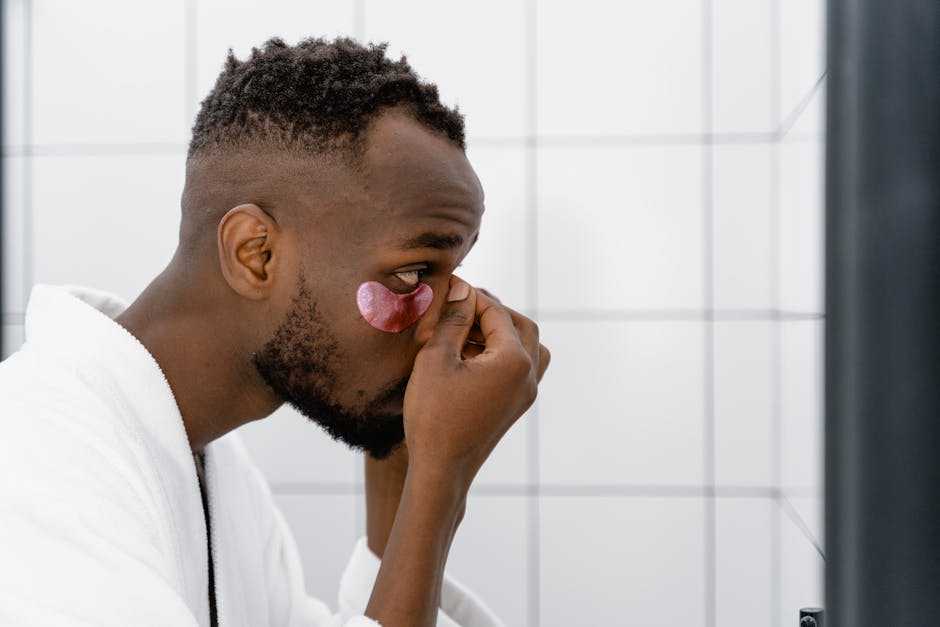Understanding UV Rays and Their Effects
UV rays from the sun significantly impact skin health. Without proper protection, exposure leads to various complications.
Health Risks Associated With UV Exposure
Extended UV exposure threatens health. It increases skin cancer risk, causing melanoma, basal cell carcinoma, and squamous cell carcinoma.
According to the Skin Cancer Foundation, one in five Americans develops skin cancer by age 70. Additionally, UV rays can cause eye damage, leading to cataracts and macular degeneration.
Weakening of the immune system also occurs due to prolonged exposure, reducing the body’s ability to guard against infections.
Long-Term Skin Damage and Aging
Consistent UV exposure accelerates skin aging. UV rays penetrate the skin, affecting collagen fibers. This results in wrinkles, fine lines, and sagging skin.
Age spots and uneven pigmentation become more pronounced. The American Academy of Dermatology states that up to 90% of visible skin changes associated with aging result from sun exposure.
Sun damage accumulates over time, emphasizing the necessity of daily sun protection to maintain youthful skin.
Essential Sunscreen Selection for Men
Men often overlook the significance of choosing the right sunscreen. Proper selection ensures optimal skin protection.
Understanding SPF Ratings
- SPF, or Sun Protection Factor, measures a sunscreen’s ability to protect against UVB rays.
- An SPF 30 sunscreen blocks approximately 97% of UVB rays, whereas SPF 50 blocks about 98%.
- Higher SPF offers marginally better protection but doesn’t last longer, so reapplication remains essential.
- The American Academy of Dermatology suggests using at least SPF 30 for daily activities.
Choosing Between Physical and Chemical Sunscreens

Physical sunscreens, containing zinc oxide or titanium dioxide, sit on top of the skin to reflect UV rays. They’re effective immediately, making them ideal for sensitive skin and preventing irritation.
In contrast, chemical sunscreens, with ingredients like avobenzone or oxybenzone, absorb into the skin and transform UV rays into heat, which is then released.
These tend to be lighter and less visible, offering more cosmetic appeal. Each type offers distinct benefits, so personal preference and skin type should guide the choice.
Proper Application of Sunscreen
Knowing how to apply sunscreen correctly is crucial for effective sun protection. Men’s skin needs adequate coverage to block harmful UV rays.
Tips on How Much to Apply
Using enough sunscreen ensures maximum protection. Apply about one ounce (a shot glass full) to cover the entire body. Focus on areas often missed, like:
- ears
- neck
- tops of the feet
For the face and neck, use a nickel-sized amount. For spray sunscreens, spray until the skin glistens.
Reapplication Guidelines During the Day
Reapplication maintains effectiveness. Reapply every two hours, especially during prolonged outdoor activities. Reapply immediately after swimming, sweating, or towel drying.
Keep a travel-sized sunscreen in your bag or car for ease. Follow these steps regardless of the SPF rating of your sunscreen.
Additional Protective Measures
In addition to sunscreen, other preventive strategies enhance sun protection. Using the right clothing and accessories reduces UV exposure significantly.
Clothing Choices for Better Sun Protection
Opt for tightly woven fabrics to block UV rays. Clothes with UPF (Ultraviolet Protection Factor) ratings offer specific protection levels.
Darker colors absorb more UV radiation, while lighter colors reflect it. Long sleeves and pants add coverage. Performance athletic wear often includes built-in UV protection.
The Role of Sunglasses and Hats
Sunglasses prevent UV damage to eyes and surrounding skin. Choose sunglasses labeled “100% UV protection” or “UV400”. Wraparound styles shield more than standard frames.
Wide-brimmed hats shield the face, neck, and ears. Bucket hats and legionnaire caps provide excellent protection compared to baseball caps.
Incorporating these strategies into daily routines ensures comprehensive sun protection, reducing potential skin damage and health risks.


 Nicoleeny Castrolos, the founder of Body Care And Matter, is a passionate advocate for health and wellness. With a deep commitment to improving the lives of individuals, Nicoleeny has built a platform dedicated to delivering the latest insights on men’s and women’s health, nutrition, and mental wellness.
Nicoleeny Castrolos, the founder of Body Care And Matter, is a passionate advocate for health and wellness. With a deep commitment to improving the lives of individuals, Nicoleeny has built a platform dedicated to delivering the latest insights on men’s and women’s health, nutrition, and mental wellness.

